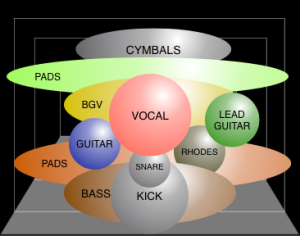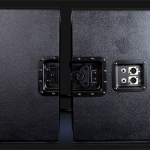A Better Approach to Mixing Keyboards at Church
 In this article we’re going to consider 2 ways the keyboardists in the room can help the FOH mix engineer achieving a coherent, clean and consistent mix, which in turn will contribute to the perception that things have been turned down a smidge….
In this article we’re going to consider 2 ways the keyboardists in the room can help the FOH mix engineer achieving a coherent, clean and consistent mix, which in turn will contribute to the perception that things have been turned down a smidge….
In modern worship settings the keyboardist has to cover a wide range of sounds, from Pianos, to Pads to Synths and Samples. For many, Apple’s MainStage software is the preferred approach to get this done. For others, a workstation style keyboard from Yamaha, Korg or Roland will usually get you pretty close. To cover all the different sounds demanded by the song, we build a patch/multi and create layers that we can blend or switch between. By default every layer in that patch is presented in stereo and the keyboardist will balanced each sound as best they can outside of the context of the whole mix.
 The Problem #1:
The Problem #1:
Stereo keyboard patches sound great but they are not always the right approach for the mix. Depending on the sound a mono, panned patch may be the best approach.
The Problem #2:
With everything presented on a single stereo pair, the FOH mix engineer has no idea what kinds of sounds you’re going to produce, or at what level to expect them. Plus your gorgeous stereo sounds take up so much harmonic space that they are challenged to fit you into their tight mix. Many mix engineers are accustomed to putting a big old compressor or limiter across the keyboard pair to limit the possibility of level surprises, and they will often roll off some of your bass, and cut some of the frequencies that may interfere with the vocal.
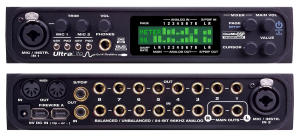 The sum effect of this approach is that much of the dynamic of your performance is lost. Your pads will occur louder than you intended, and your synths and punchy sounds will be lost in the mix unless the engineer knows the song well enough to push your channels at the right time.
The sum effect of this approach is that much of the dynamic of your performance is lost. Your pads will occur louder than you intended, and your synths and punchy sounds will be lost in the mix unless the engineer knows the song well enough to push your channels at the right time.
The Solution:
Segment your keyboard sounds into “stems” which gives you the opportunity to group similar sounds together in a way that will make sense in the mix. Some of the stems should be mono, some can be stereo.
Sounds such as pianos and organs work best in mono. That allows the mix engineer to pan them in a way that makes sense in the context of the guitars and other upfront sounds. Run your pads in stereo, so the engineer can spread them out wide, and carve a hole in the middle for the vocal. Run your big synths and hooks in mono or stereo but on their own pair.
To get this done, you may need to buy an audio interface with additional outputs. You will also want to buy a multi-channel DI to simplify the setup.
Setup #1: (4CH)
 Channel 1: Piano & Rhodes. Key your pianos dry, unless the sound calls for a lot of reverb. Let the mix engineer choose hot wet they need to be to sit properly in the mix.
Channel 1: Piano & Rhodes. Key your pianos dry, unless the sound calls for a lot of reverb. Let the mix engineer choose hot wet they need to be to sit properly in the mix.- Channel 2: Hooks and Synth. If the sound needs to pop in the mix put it here. If it only sounds right in stereo then add another output…
- Channel 3&4: Stereo pads. Pan them wide, slather on the modulation and reverb. They wider they sound the better.
Setup #2: (6CH)
- Channel 1: Piano & Rhodes
- Channel 2: Organ
- Channel 3&4: Stereo pads
- Channel 5&6: Hooks and Synth
If you can’t afford a new audio interface, or a multi-channel DI, then make an occasion to work with your mix engineer before the sound check/rehearsal, to run through each of your presets to balance and pan the sounds in a way that makes sense in the mix. Or regularly check in with your mix engineer during rehearsal to make sure everything is leveled and panned in the best possible way.
CONTEXT: THE MIX STAGE

The front of house engineer is tasked with building a mix that makes sense of all in the instruments and inputs. Audio Engineers are trained to visualize the mix in 3 dimensions. When all your keyboard sounds show up in stereo and all at the same level, the mix engineer can’t really place your different sounds in his 3 dimensional sound stage, so they are often forced de-prioritize your musical contribution and push you farther back in the mix. With some careful planning you can help the sound engineer fit each of your sounds into an appropriate place in the mix. Which has the affect off clarifying the mix and reducing the noise, which we now know is a key way to help TURN IT DOWN.
We would love to know what you think! Join the conversation and leave a comment below !
Know someone else who might benefit from receiving our weekly insights? Share this link with them so they can sign up. [http://mad.ly/signups/27988/join] We sincerely appreciate your referral.
Kungpow Production is on a mission to unlock creative freedom for artists, honor the commitment and energy of technicians and envelope and engage the community as they worship their Creator. For help with your next project reach out to us at info@kungpowpro.com

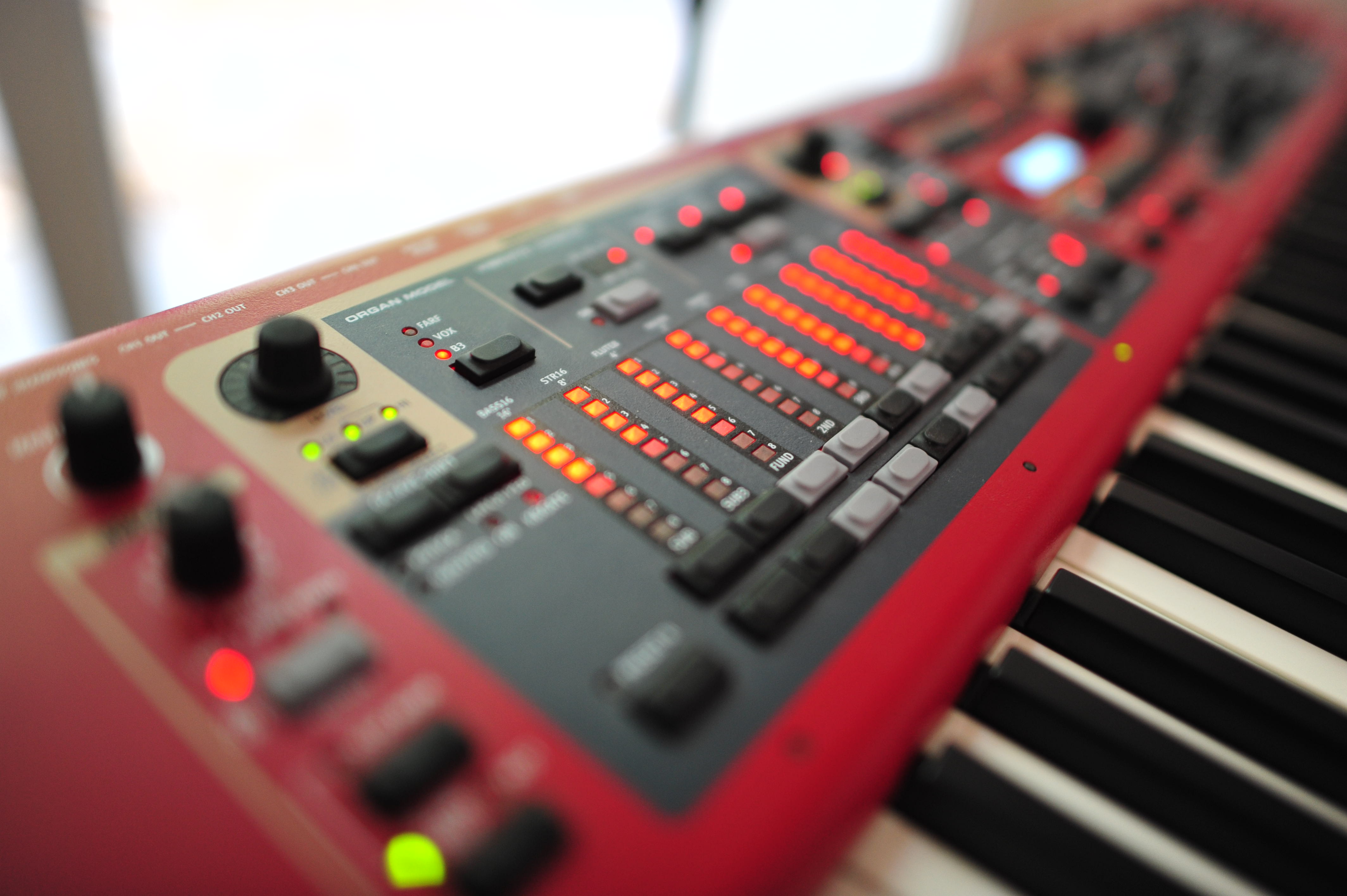

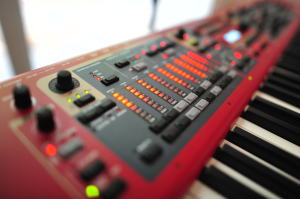 In this article we’re going to consider 2 ways the keyboardists in the room can help the FOH mix engineer achieving a coherent, clean and consistent mix, which in turn will contribute to the perception that things have been turned down a smidge….
In this article we’re going to consider 2 ways the keyboardists in the room can help the FOH mix engineer achieving a coherent, clean and consistent mix, which in turn will contribute to the perception that things have been turned down a smidge…. The Problem #1:
The Problem #1: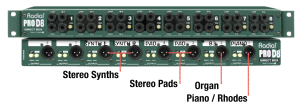 Channel 1: Piano & Rhodes. Key your pianos dry, unless the sound calls for a lot of reverb. Let the mix engineer choose hot wet they need to be to sit properly in the mix.
Channel 1: Piano & Rhodes. Key your pianos dry, unless the sound calls for a lot of reverb. Let the mix engineer choose hot wet they need to be to sit properly in the mix.